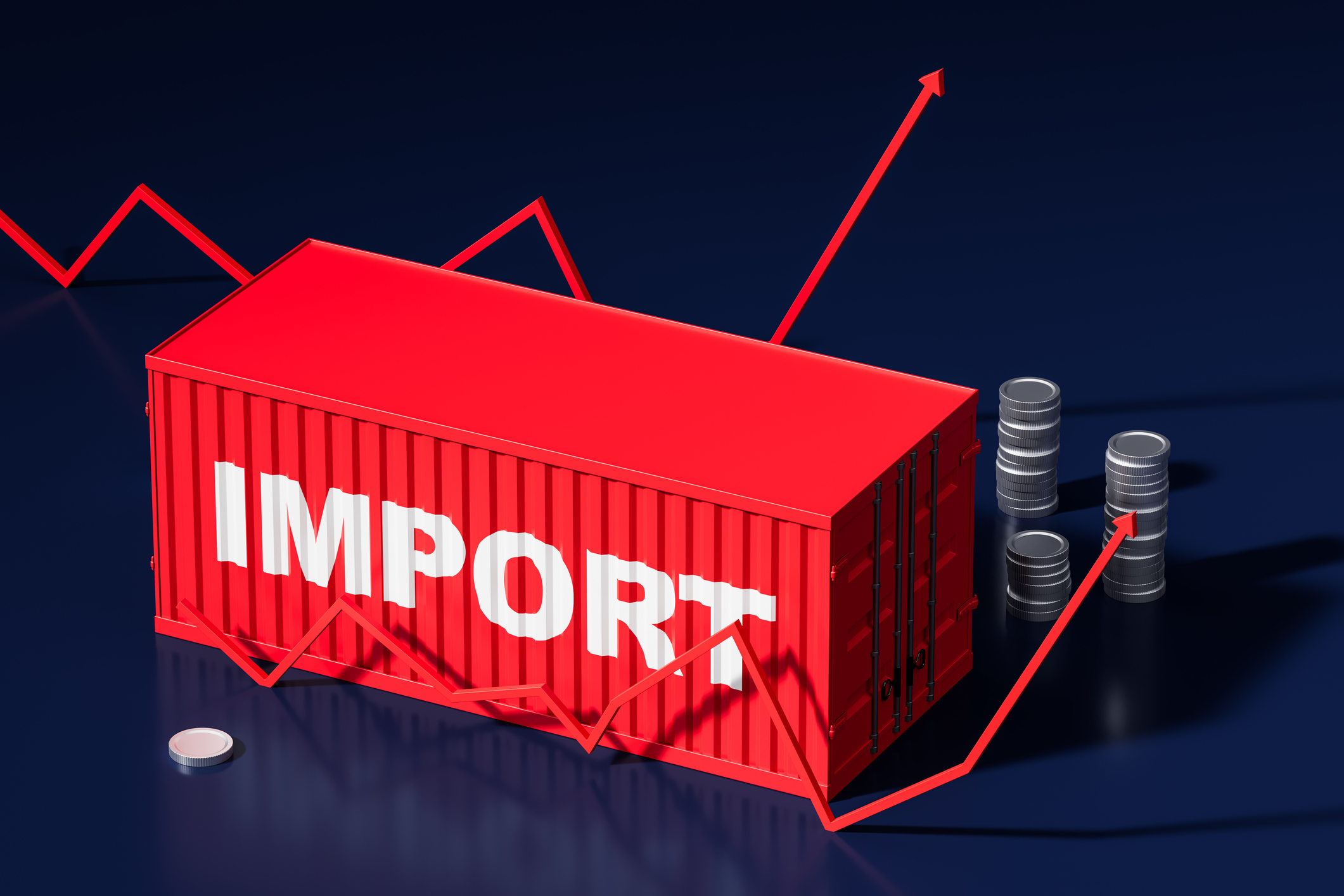You will agree with me that Duty Drawback entails the refund of certain trade duties, internal and revenue taxes, as well as fees collected on the import of goods. It gives importers the insight and expertise to be more competitive in the global market, and it is being run by United States Customs and Border Protection (CBP). More so, it basically refers to the amount of import duty remitted on goods exported, and it not only serves as a check on the USA’s economy by generating funds, but also acting as a watchdog, to prevent dumping. The Duty Drawback plan varies per country trade policy, but the main aim of the plan globally is to allow exporters get a refund on customs duty paid on imported goods.
CITTA Brokerage Co. is the world leading specialist in money and refund policies, helping you maximize your results to recover your duties previously paid, either as a company, or individual. The new 301 tariff plan however, is no doubt quite valid and resourceful. The Section 301 tariff guide came up as a result of the dissatisfaction of Americans on Chinese policies that force them to transfer technology and intellectual property (IP), in exchange for access to their markets; their Chinese markets. Intellectual Property theft is the involves illegally robbing people off their ideas, innovation or confidential information and creativity and it is a very trivial issue, being tackled by the United States federal government. This economic method did not sit well with Americans, and so sometime in 2017, with the validation of the president of America of course, the USCBP included tariffs on Chinese commodities that were imported, allowing for restriction in key commodity aspects of the state market. The Section 301 tariff law took effect on the 6th of July, but has been said to have taken full effect and administration from the 6th of April, same year.
The Section 301 tariff has brought about an overall change in the international economy of USA, and a ‘retaliation’ list has been compiled to enforce trade agreements and peaceful trade among countries. A retaliatory tariff is imposed when a country increases its charges on imports from another county, due to the latter’s trade policies; and such is the case of USA and China tariffs law. One impact of this Section 301 tariff is that it protects Americans economy, that is instead of having to disclose top notch information and technology systems to China to gain access to their market, these tariffs would instead reduce U.S China trade and exchange frequency, through cost increase, export duties and other charges. It also helps to protect sensitive industries vulnerable to IP theft and forced technology transfer. The tariffs also apply to various imports from China to USA such as Chemicals, mechanical imports, aircraft engines, lasers, electromagnetics, etc.
The negative effect of this however is that China did retaliate to this policy, by enacting 25% tariffs on $50 billion of U.S exports, making the cost of purchasing international goods much more expensive in both countries.
Some economists defend that the Section 31 tariff plans wasn’t the solution to China’s poor trade relations, instead, US international trade association should have used a more appropriate method of dialogue technique or even signing a peaceful treaty, or opting for the formation of a coalition with other countries at the World Trade Organization, to file a law suit against China and their rules would have been enforced globally, instead of opting for increase in tariffs; although the US trade association employed this policy only to protect their growing industries.
#301tariffs



